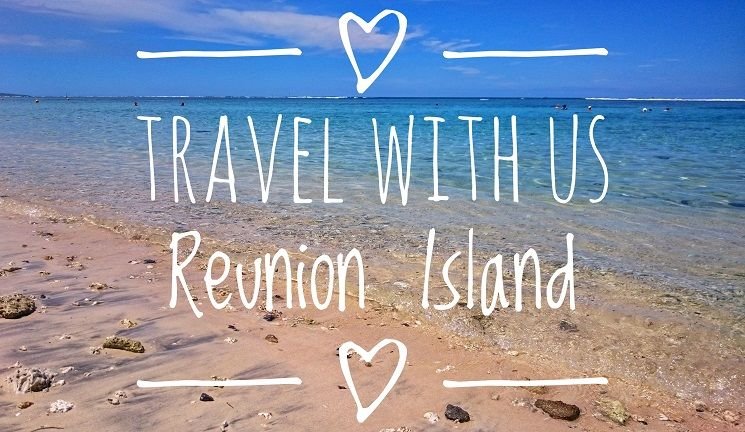
After visiting the mountainous areas of the island, I bring you on a more popular tourist destination: the beach!
While beaches can be found all around the island, the Western part is where we placed our bags for a week. You'll rarely find anyone swimming in waters in the North, East, or Southern parts as they are home to some of our worst nightmares: sharks. I hear surfers sometimes venture out to catch a few waves in these areas, but the horror stories you are told upon arrival (and even before) will surely deter you away.
But not to worry my dear Steemians, the island is home to a 22km-long well preserved lagoon, and some gorgeous beaches.
The beaches in St-Gilles - Plage de l'Ermitage
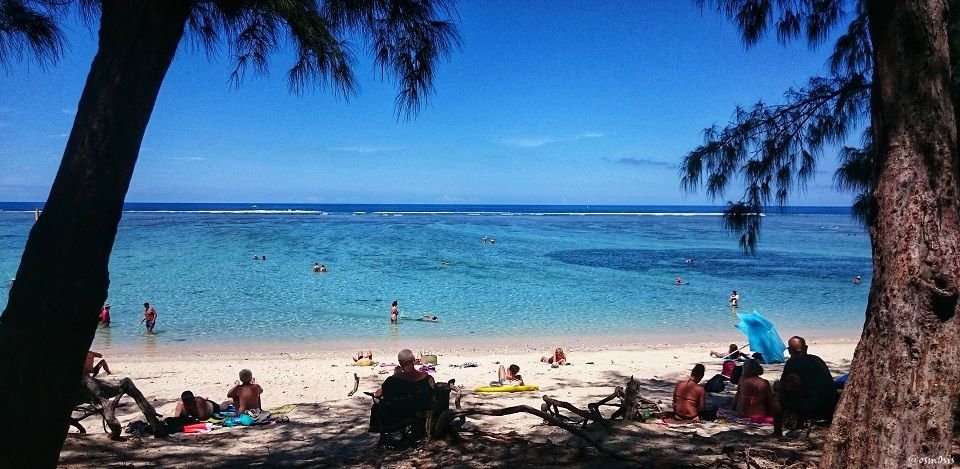
The beach of l'Ermitage is the only beach of the island to be protected by a coral reef. It is a white sand beach lined with casuarina trees under which locals like to gather for picnics and sunbathers find a bit of shade from the boiling hot sun.
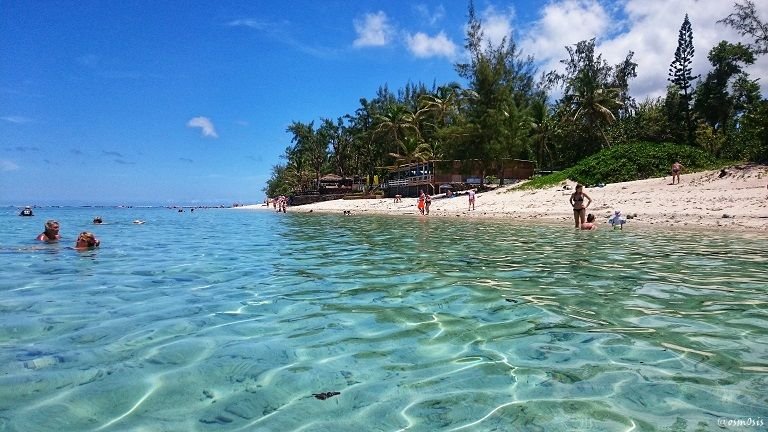
Its shallow and crystal-clear waters (less than 2 meters/ 6 feet), sprinkled with coral, make it the top snorkeling site on the island.

Throughout my years of travelling, I have had the privilege to swim in some of the most beautiful waters of the world: Palawan island (Philippines), Mabul island (Malaysian Borneo), Koh Phi Phi island and a few other "Koh's" (Thailand), The Big island of Hawaii, the Greek islands... to name a few.
The beaches of Reunion island sure make it a worthy contestant. I would definitely rank them on my top 5 most beautiful beaches in the world (so far).
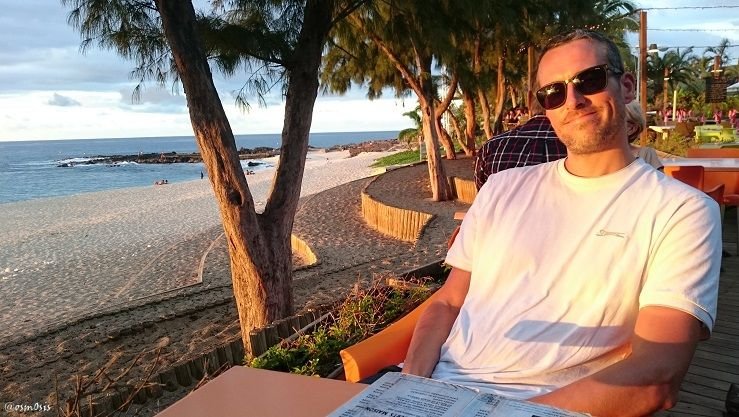
Now let's get back in our Mr. Bean car and head South, through the sugar cane fields, to the Rum making distillery.
Mostly found on the Eastern part of the island, sugarcane is - after tourism - the primary source of export income.
St-Pierre - Rum museum and tasting
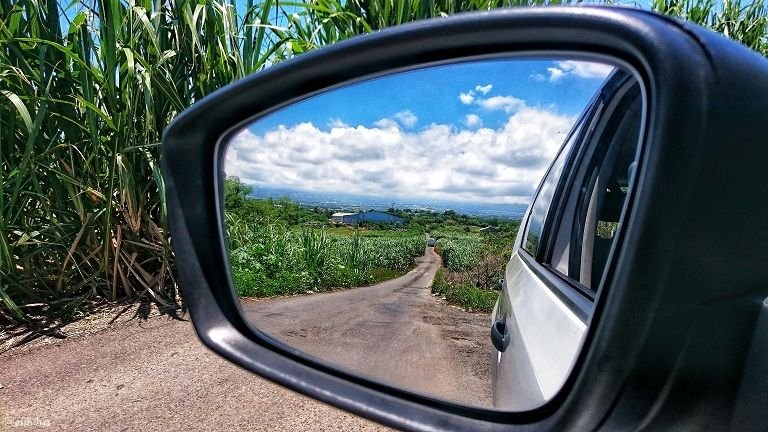

As we make our way through the never ending hectares of sugarcane plantations, we of course, get lost.
Oh yes, I forgot to mention that I have given up on using my phone's GPS a few days earlier as it is a bigger source of frustration than any kind of help! And to be honest, following the road signs isn't that hard. If we end up getting lost (yes that happens a lot... we're on an island after all) then I find it almost pleasant. Yet when the lovely robot lady from my GPS tells me to turn right 2 seconds after the turn has past, it drives me up the wall (or off road in this case !)
It turns out "La Saga du Rhum" is an incredible museum as well as a distillery, where you will learn just about anything there is to learn about Rum making, from its very beginnings. Unfortunately this does come at a fairly high price: 10 euros per person (which is much higher than any other local rum distillery one can find dispersed around the island).
Luckily, Asher made up for both of our entry fares by making good use of the rum tasting session offered at the end of the visit. In keeping with the British tradition: last man at the bar :)
Meanwhile, I was busy taking photos to document this place for you guys - bringin' home the bacon and NOT drunk driving (I have enough speeding tickets as is).
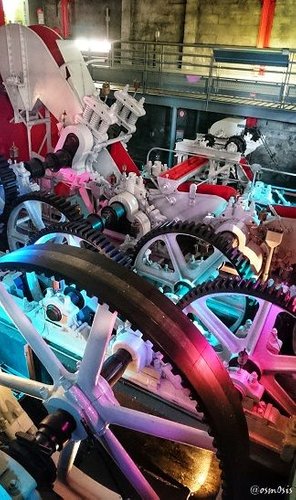 Authentic sugarcane grinding mill from 1940's | 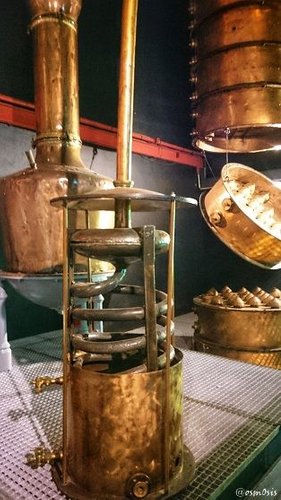 ) )Old still |
|---|
The development of rum is proof of a "savoir-faire" that has been passed on for several generations.
The old-fashioned distilling of macerated fruit in rum allows the production of flavor concentrates (alcoholates), used to flavor the punches and rhum arrangé (arranged rum), other specialties of this particular distillery. The old still you see above is where it all took place - measuring at least 10 meters in height, it was quite impressive to observe.
Below are 2 jars containing the sweet elixir of rhum arrangé (there were hundreds of these):
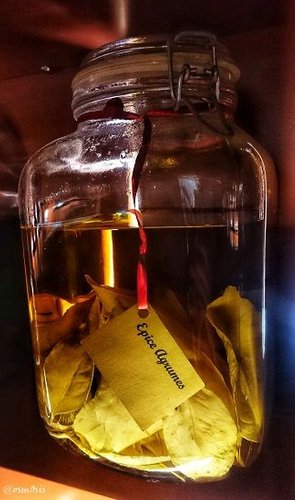 Citrus spice macerated rum | 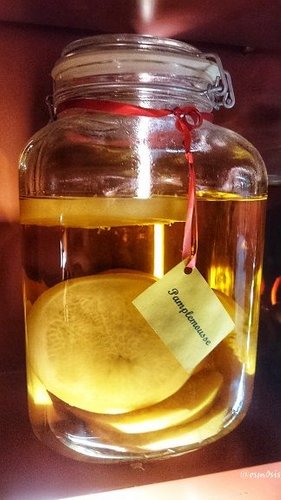 Grapefruit macerated rum |
|---|
The barrels you see below are not just for decoration. They are old whiskey barrels which were reused once emptied - filled with rum, they provided the aging alcohol with an extra smokey scotch flavour.
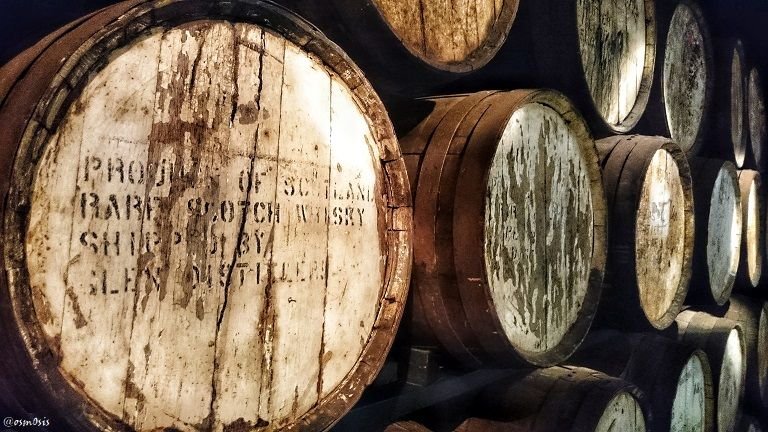
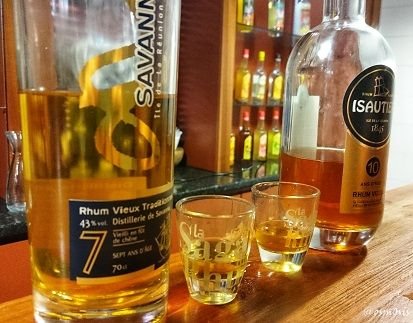
Sugarcane was brought to Reunion Island from Java and later Madagascar, from as early as the 17th century.
It was first used to manufacture homemade liquor and to feed livestock. Its exploitation however, started growing considerably from the 18th century onwards, with the abominable boom of slavery.
Technological progress made the gain of a usable form of sugar syrup possible and the cheap labor carried out by thousands of slaves created a highly profitable operation.
The history of slavery on Reunion island is as much fascinating as it is heart wrenching, and deserves an entire post to itself.
Town of l'Entre-Deux
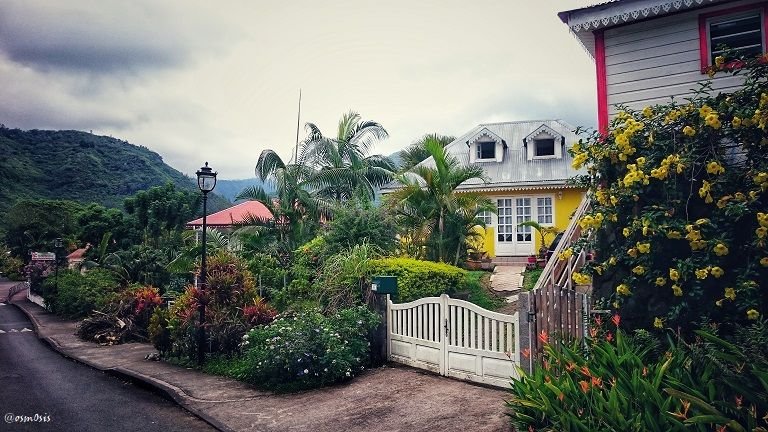
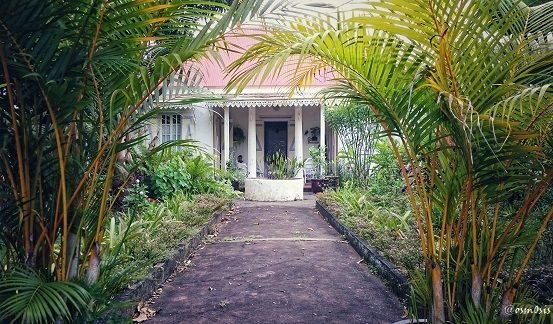
Located in the south of the island, the small town of l'Entre-Deux has preserved a number of typical cottages known as "cases créoles".
The meaning of its name (literally translates to "Between-Two") comes from the fact that it is situated between 2 rivers. It is a characterful mountain village, which remained unspoilt for a long time due to its difficult access.
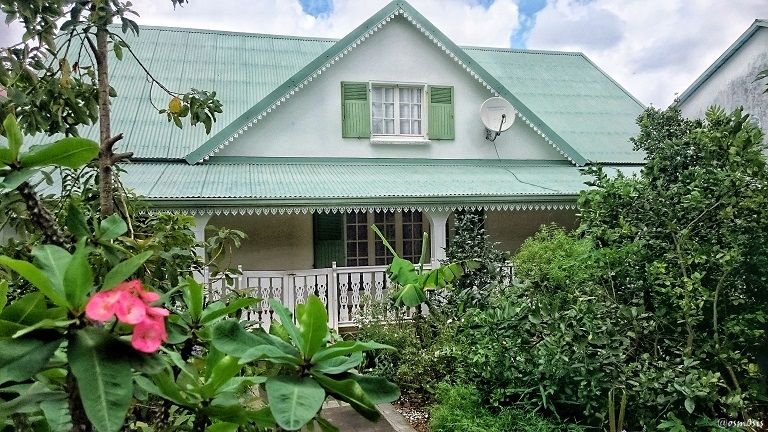
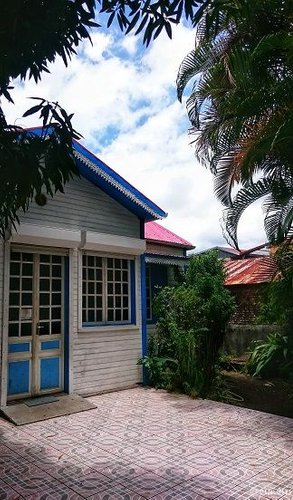 Colorful creole house | 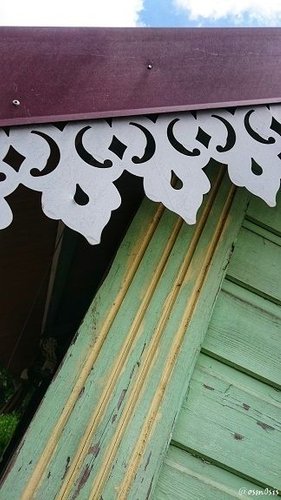 Close-up view of "Lambrequins" |
|---|

The "case" is the traditional house of Reunion island but also found in Mauritius, Seychelles, Guyana, and Antilles. It symbolizes the Creole lifestyle and is an integral part of the world of Creole people - taking different forms according to the area in which it originates.
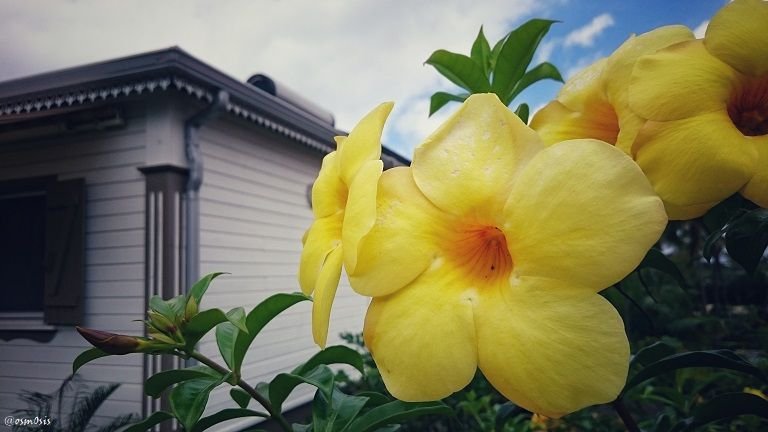
In l'Entre-Deux, we discovered pretty villas built in order to escape the sweltering heat of the Austral summer, or the traditional sheet-metal "cases" (seen almost anywhere around the island).
The houses feature some very colourful paint, their "lambrequins" (friezes, cut along the eaves of the roof) bringing the façade to life, and are surrounded by flower beds, tended to with love. As expected, I took at least a million photos there. Just couldn't help myself.
No time to tell you about our hike on the volcano today...more on that later. Along with more amazing beaches and special sunsets.

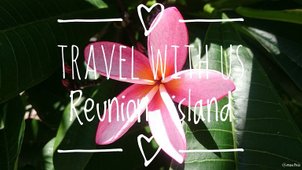 Our unexpected adventure 1 | 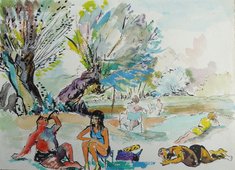 The treasures left behind by my great-grandfather #5 |
|---|---|
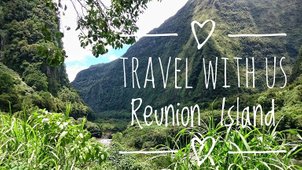 Our unexpected journey - prelude | The treasures left behind by my great-grandfather #4 |
“Learning is not a race for information, it is a walk of discovery” - Jane Healy

